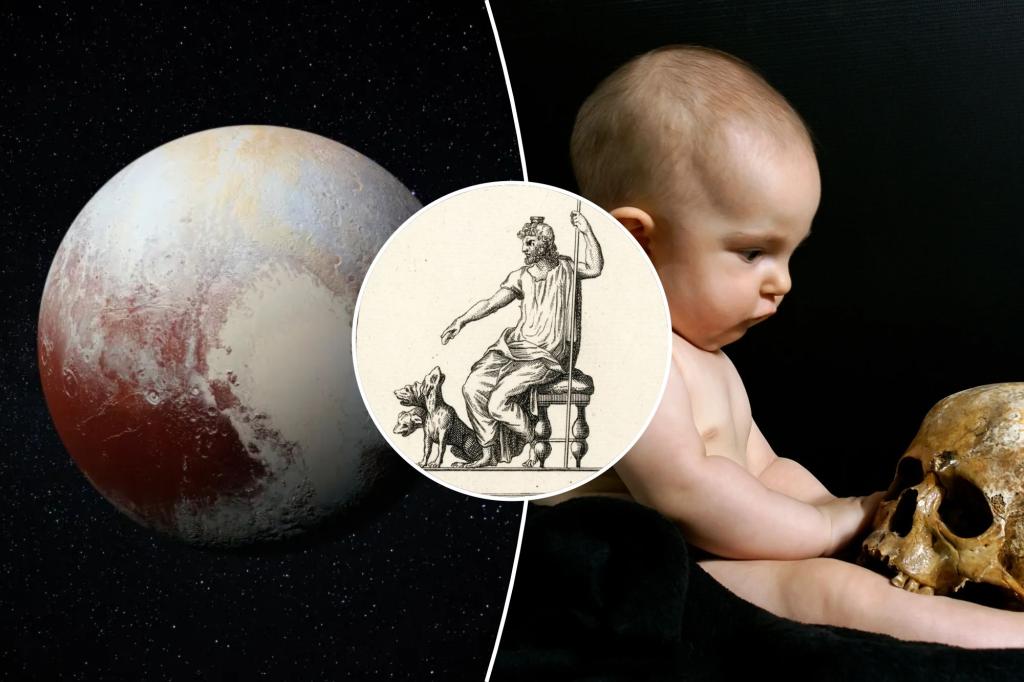Is a 9-Step Hiring Process Worth It? The Truth About Job Applications and Assessments
In an increasingly competitive job market, organizations are continuously refining their hiring practices to secure the best talents. However, many businesses have adopted a lengthy, convoluted hiring process filled with multiple assessments and evaluations. While the intention behind this extensive approach is to identify the right candidate, it raises the question: Is a 9-step hiring process truly effective in finding the best talent, or does it merely create a hoop-jumping affair for job applicants?

This article delves into the implications of an elaborate hiring process, exploring its advantages and disadvantages, and examining how job applications and assessments fit into the broader recruitment strategies. By the end, you will gain insight into whether a lengthy hiring process is indeed worth the effort or if it detracts from a more streamlined and effective employee selection process.
The Evolution of the Hiring Process
The hiring landscape has significantly transformed over the past few decades. With the rise of technology and data analytics, employers have access to an abundance of information about candidates. This evolution has led to the implementation of multi-layered hiring processes designed to better assess applicants’ skills and fit within the company culture.
From Traditional to Modern Hiring
Traditionally, hiring was a straightforward affair, often consisting of a resume review followed by a single interview. However, as competition intensified, businesses began integrating various assessments to refine their selection. This includes personality tests, skills assessments, and multiple interview rounds with different stakeholders in the company.
The Rise of the 9-Step Hiring Process
The 9-step hiring process, while varying from one organization to another, typically includes stages such as application submission, resume screening, initial phone interviews, technical assessments, behavioral interviews, reference checks, and final interviews. This lengthy approach aims to create a comprehensive candidate profile, but does it actually enhance the quality of hires?
The Pros of a Lengthy Hiring Process
Proponents of a 9-step hiring process argue that it offers several advantages that can lead to better hiring outcomes. Let’s explore some of these benefits:
- Thorough Candidate Evaluation: A multi-step process allows for a more comprehensive assessment of candidates’ skills, experience, and cultural fit.
- Reduced Hiring Errors: By conducting multiple assessments, employers can minimize the chances of making a poor hiring decision.
- Informed Decision-Making: A structured process provides hiring managers with ample data to make informed selections based on objective criteria.
- Consistent Candidate Experience: A standardized process can enhance the candidate experience by ensuring that all applicants are assessed fairly and consistently.
The Cons of a Lengthy Hiring Process
Despite the potential benefits, there are significant drawbacks to implementing a 9-step hiring process. These include:
- Candidate Drop-Off: Lengthy processes can lead to high candidate drop-off rates, as applicants may lose interest or accept offers from other companies.
- Increased Time-to-Hire: A multi-step process can drastically extend the time it takes to fill a position, resulting in lost productivity and increased recruitment costs.
- Candidate Fatigue: Repeated assessments and interviews may lead to candidate fatigue, which can obscure the true potential of an applicant.
- Potential Bias: Lengthy processes may inadvertently introduce bias, as different interviewers may have varying criteria or expectations.
Assessing the Effectiveness of Job Applications and Assessments
To understand whether a 9-step hiring process is effective, it is essential to evaluate the role of job applications and assessments within this framework. Let’s break it down:
The Role of Job Applications
Job applications serve as the first point of contact between candidates and employers. A well-structured application form can help filter out unqualified candidates while providing essential information about the applicant’s background. However, overly complicated application processes may discourage potential talent from applying.
Importance of Assessments
Candidate assessments, whether skills-based or personality tests, are designed to evaluate specific attributes that correlate with job success. While these assessments can be beneficial, they must be carefully chosen and implemented to avoid redundancy and ensure relevance to the role in question.
Improving Recruitment Strategies: Finding the Right Balance
So, how can businesses strike the right balance in their recruitment strategies? Here are some suggestions:
- Streamline the Process: Evaluate each step in the hiring process to determine its necessity. Remove redundant assessments that do not add significant value.
- Enhance Candidate Experience: Focus on creating a positive experience for candidates by providing timely feedback and maintaining regular communication throughout the hiring process.
- Leverage Technology: Utilize applicant tracking systems (ATS) and other HR technologies to automate and streamline portions of the hiring process without sacrificing quality.
- Training for Interviewers: Ensure that those involved in the hiring process are trained to evaluate candidates objectively and consistently, reducing bias and improving overall selection quality.
Frequently Asked Questions (FAQs)
1. What is a 9-step hiring process?
A 9-step hiring process typically includes several stages such as application submission, resume screening, initial interviews, assessments, and final interviews to comprehensively evaluate candidates.
2. Does a lengthy hiring process guarantee better candidates?
No, a lengthy hiring process does not guarantee better candidates. It can lead to candidate drop-off and may obscure the true potential of applicants due to fatigue or frustration.
3. What are the key components of a successful hiring process?
Successful hiring processes often include clear job descriptions, efficient screening methods, structured interviews, and a positive candidate experience.
4. How can companies reduce their time-to-hire?
Companies can reduce time-to-hire by streamlining their hiring processes, automating steps where possible, and ensuring effective communication with candidates.
5. Is it essential to use assessments in the hiring process?
While assessments can provide valuable insights into candidates’ skills and fit, they should be relevant to the job and not overly burdensome. The necessity of assessments varies by role and company.
Conclusion
In conclusion, the effectiveness of a 9-step hiring process is not universally applicable. While it can provide a thorough evaluation of candidates, the potential drawbacks—such as candidate drop-off, increased time-to-hire, and candidate fatigue—cannot be ignored. Businesses must carefully consider their recruitment strategies, balancing the need for thorough assessments with the importance of creating a positive candidate experience. By streamlining hiring processes and leveraging technology, organizations can enhance their employee selection without turning the process into an overwhelming hoop-jumping affair. Ultimately, the goal is to find the right talent efficiently, ensuring that the hiring process serves both the company and its candidates effectively.
📰 Original Source
Este artigo foi baseado em informações de: https://www.marketwatch.com/story/would-you-apply-for-a-job-with-a-nine-step-hiring-process-including-take-home-tests-and-case-studies-ac6d0127?mod=mw_rss_topstories


